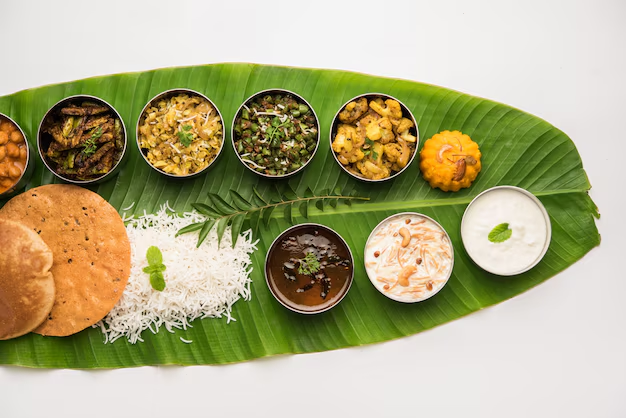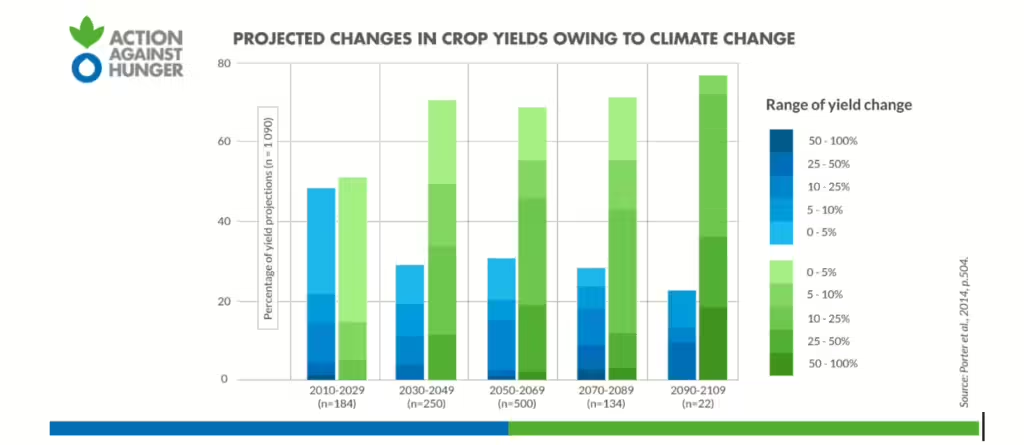
In a groundbreaking revelation from the latest Living Planet Report, India has been recognized as a frontrunner in sustainable food consumption among G20 nations. This significant finding highlights India’s dietary habits as a potential blueprint for other countries aiming to reduce environmental damage and combat climate change.
The Impact of Adopting Indian Dietary Habits
The report emphasizes that if more nations were to embrace India’s dietary practices, there could be a substantial decrease in environmental harm by the year 2050. India’s approach not only promotes sustainability but also serves as a model for healthier eating patterns that could benefit the planet.
Comparisons with Other G20 Nations
Following India in the rankings are Indonesia and China, both acknowledged for their environmentally friendly diet patterns. In stark contrast, the report identifies the United States, Argentina, and Australia as having the least sustainable food consumption practices, underscoring the need for change in these nations.
Overconsumption and Its Consequences
A pressing concern highlighted in the report is the alarming rise in global overconsumption, particularly of fats and sugars, which is driving a worldwide obesity crisis. Currently, over 2.5 billion adults are categorized as overweight, with around 890 million living with obesity.

Revitalizing Ancient Grains
A key initiative discussed is India’s National Millet Campaign, which aims to promote the consumption of ancient grains recognized for their health benefits and resilience to climate change. The report notes, “In some countries, promoting traditional foods will be an important lever to shift diets,” emphasizing the role of indigenous foods in achieving sustainability.
A Diverse Culinary Landscape
India’s rich culinary diversity features both vegetarian and non-vegetarian diets. In the northern regions, staples such as lentils and wheat-based rotis are common, often accompanied by meat dishes. In contrast, southern India is known for rice and rice-based fermented foods like idli and dosa, typically served with dal-based sambhar and chutney. Various types of fish are staples in the western, eastern, and northeastern regions, alongside traditional millets like jowar, bajra, ragi, and broken wheat, known as Dalia.
The Urgent Need for Change
The report delivers a stark warning regarding global food consumption trends: if the world were to adopt the current food consumption patterns of major economies by 2050, it would surpass the 1.5°C climate target for food-related greenhouse gas emissions by 263%. This alarming statistic underscores the urgency for nations to collectively reassess their dietary habits.
Visualizing the Climate Boundary
The report features an orange vertical line that represents the planetary climate boundary for food, illustrating the maximum allowable greenhouse gas emissions to maintain safe limits for global warming.
A Call to Action
As the global community faces pressing sustainability challenges, India’s food consumption practices could provide a crucial model for countries striving to align dietary preferences with environmental responsibilities. The findings of the Living Planet Report serve as a call for all nations to rethink their food systems and adopt traditional, sustainable practices that benefit both public health and the planet.


